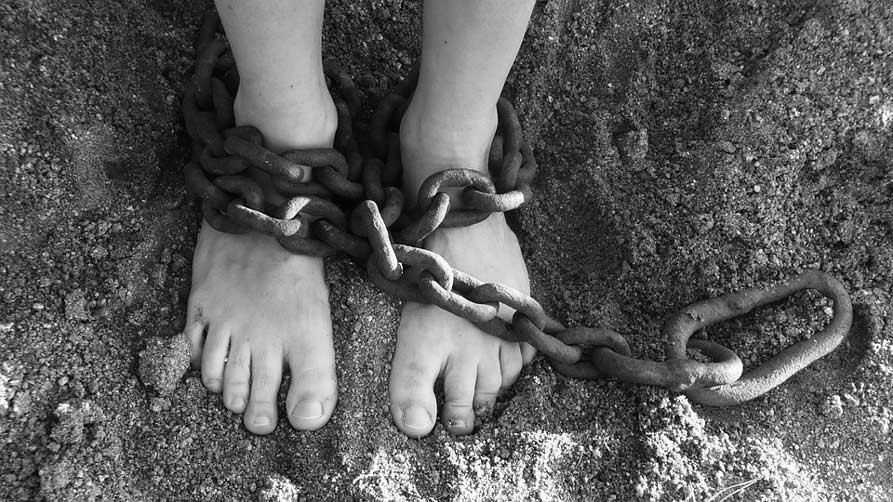In the previous 40 years, the number of persons in the country’s prisons and jails has increased by 500 percent.

The majority of this increase can be attributed to changes in sentencing law and policy rather than changes in crime rates.
Now the most demanding question is, What Percentage of Inmates in Correctional Institutions Are Men? Or approximately what percentage of inmates in correctional institutions are men?
Despite mounting evidence that large-scale incarceration is not an effective means of ensuring public safety. These tendencies have resulted in prison congestion and fiscal constraints on states to sustain a fast-expanding penal system.
In this article, we’ll talk about all the relevant factors regarding mail criminals and non-violent victims in US jails. We’d also walk you through different theories and their background history of them to give you a clear understanding.
What caused this to happen?
The War on Drugs era’s sentencing practices resulted in a huge increase in incarceration for drug offenses. Since the 1980s, the number of Americans incarcerated for drug offenses has increased dramatically, from 40,900 in 1980 to 430,926 in 2019.
Furthermore, tough sentencing regulations such as mandatory minimums keep many persons convicted of drug offenses in prison for lengthier lengths of time.
People released after serving time for a federal drug charge had spent an average of 22 months in prison in 1986. People convicted of federal drug offenses were likely to serve roughly three times that amount of time in prison by 2004, at 62 months.
Even though major, violent crime has been dropping for the past 20 years and little public safety benefit has been proven to correspond with increasingly long sentences, the number of persons receiving life sentences continues to rise.
Since 1984, the population has nearly quadrupled. One in every seven persons in jail is serving a life sentence with the possibility of parole, life without parole, or virtual life.
What Percentage of Inmates in Correctional Institutions Are Men?
Men, especially black men are six times more likely than white men to be jailed, while Latinos are 2.5 times as likely.
On any given day, nearly one in every twelve men in their thirties is in prison or imprisoned. If we give a direct percentage, it would be 93.0%.
Although crime rates have decreased significantly since the early 1990s, studies imply that growing incarceration has had little impact on this trend.
While prison expansion was a factor in lowering crime, the National Research Council stated that “the amount of the crime reduction remains very unknown, and the data suggests it was unlikely to have been large.”
A number of variables explain why the influence was so minor. But most likely, it’s the internal racial conflict.
Public safety and mass incarceration
To begin with, incarceration is inefficient at reducing certain types of crimes, particularly juvenile crimes, which are frequently perpetrated in groups, and drug offenses.
When people are imprisoned for these crimes, they are quickly replaced on the streets by others looking for work or suffering from addiction.
Second, criminals tend to “age out” of the system. According to studies, crime peaks in the mid-to late-adolescent years and then begins to fall in the mid-twenties. As adults reach their 30s and 40s, crime begins to decline substantially.
Conclusion
We have concluded it as a partly thesis due to lower crime rates, but it was mostly achieved via sensible policy and practice adjustments.
The political climate of criminal justice reform has been shifting toward evidence-based, common-sense approaches to public safety for more than a decade.
You might still have questions on your mind regarding this topic- well, it’s okay! Let us know if you wanna know more on this topic and we’d be happy to hear!












